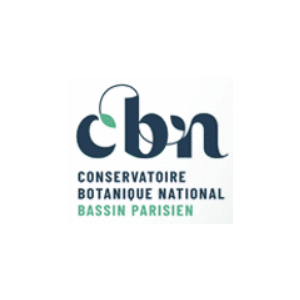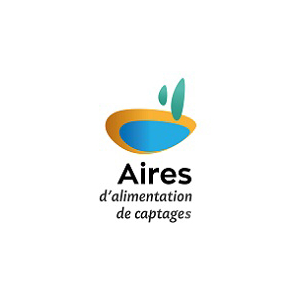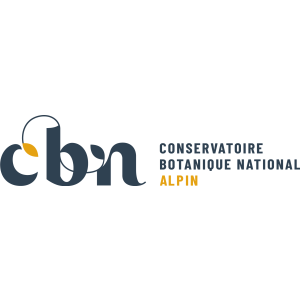
Document généré le 30/08/2025 depuis l'adresse: https://www.documentation.eauetbiodiversite.fr/fr/notice/do-separated-taxa-react-differently-to-a-long-term-salinity-increase-the-meiobenthos-changes-in-bay-sivash-largest-hypersaline-lagoon-worldwide
Do separated taxa react differently to a long-term salinity increase? The meiobenthos changes in Bay Sivash, largest hypersaline lagoon worldwide
Titre alternatif
Producteur
Contributeur(s)
EDP Sciences
Identifiant documentaire
11-dkey/10.1051/kmae/2019028
Identifiant OAI
oai:edpsciences.org:dkey/10.1051/kmae/2019028
Auteur(s):
Nickolai Shadrin,Elena Kolesnikova,Tatiana Revkova,Alexander Latushkin,Anna Chepyzhenko,Inna Drapun,Nikolay Dyakov,Elena Anufriieva
Mots clés
Lagoons
long-term changes
hypersaline
meiobenthos
anthropogenic impact
lagunes
changements à long terme
hypersaline
meiobenthos
impact anthropogénique
Date de publication
22/08/2019
Date de création
Date de modification
Date d'acceptation du document
Date de dépôt légal
Langue
en
Thème
Type de ressource
Source
https://doi.org/10.1051/kmae/2019028
Droits de réutilisation
Région
Département
Commune
Description
In the world's largest hypersaline lagoon Bay Sivash, its ecosystem twice transformed from a previous state to a new one due to human intervention. Before the North Crimean Canal construction, it was hypersaline (average salinity of 140 g l−1). The canal was built between 1963 and 1975, which resulted in intensive development of irrigated agriculture discharging drainage water into the bay. Between 1988 and 2013, salinity gradually dropped to average of 18–23 g l−1; a new ecosystem with a different biotic composition formed. In April 2014, the supply of Dnieper water into the North Crimean Canal ceased. This resulted in a gradual salinity increase in the bay to an average of 52 g l−1 in 2015. The start of second ecosystem shift was observed in 2015. In 2018, TSS, DOM and meiobenthos were studied in a salinity gradient from 30 to 88 g l−1. There was an increase in TSS and DOM with increasing salinity. The meiobenthos structure was significantly different in the bottom community and floating mats of filamentous green algae. No correlation was recorded between the number of meiobenthic macrotaxa in the sample and salinity. From 2013 to 2018, changes were seen in the taxocene structure of Nematoda and Harpacticoida. Changes in Nematoda were more dramatic and prolonged than in Harpacticoida. The structure of the Harpacticoida and Ostracoda taxocenes are less variable and more stable than that of the Nematoda taxocene. One of the reasons may be more mobility of Harpacticoida/Ostracoda than Nematoda and/or better osmoadaptation mechanisms.
Accès aux documents
0
Consultations
0
Téléchargements





























